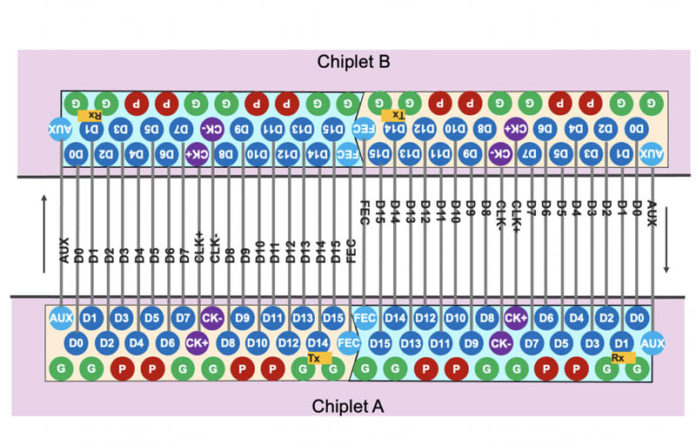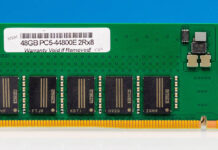Today, the OCP Foundation released its new specification for die-to-die interconnects. The new OCP BoW or “Bunch-of-Wires” specification is designed to standardize part of the die-to-die interconnects that will become more important in future generations of chips.
OCP BoW or Bunch-of-Wires Specification Announced
The OCP BoW specification is part of OCP’s efforts to guide chip design. As part of that, and given the breadth of chip design, different trace lengths and speeds need to be supported.
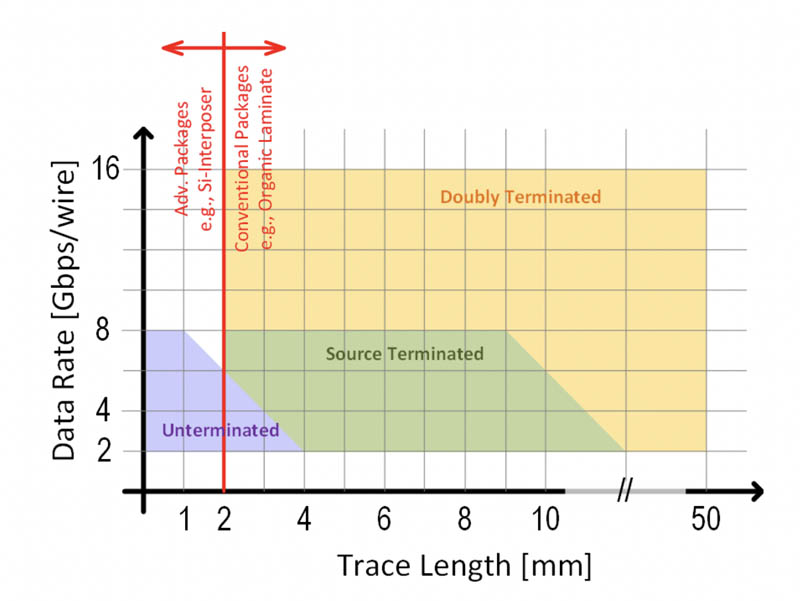
The specification has speeds ranging from 2Gbps per wire to 16Gbps per wire to cover different deployment scenarios.
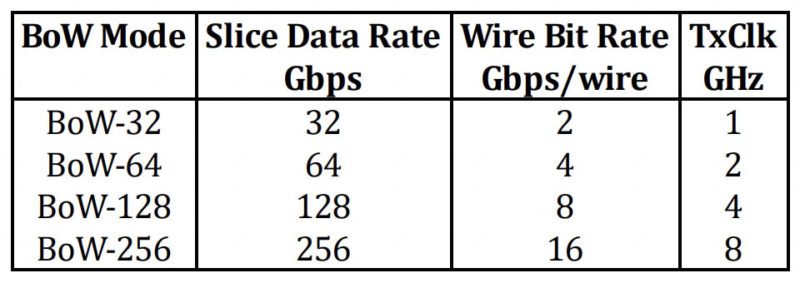
Part of the specification is defining the physical and link layer between different chiplets.
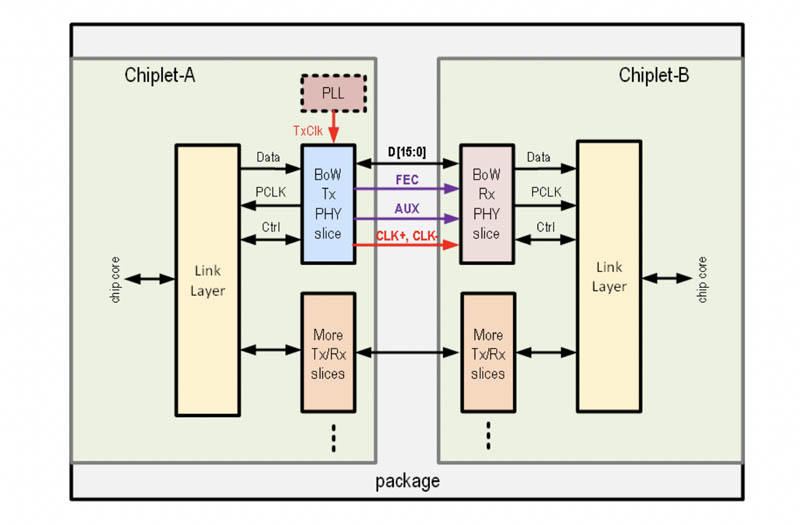
Here is an example of a more complex setup (than the cover image.) The OCP BoW also covers aspects to design like wire ordering and how to construct more complex configurations.
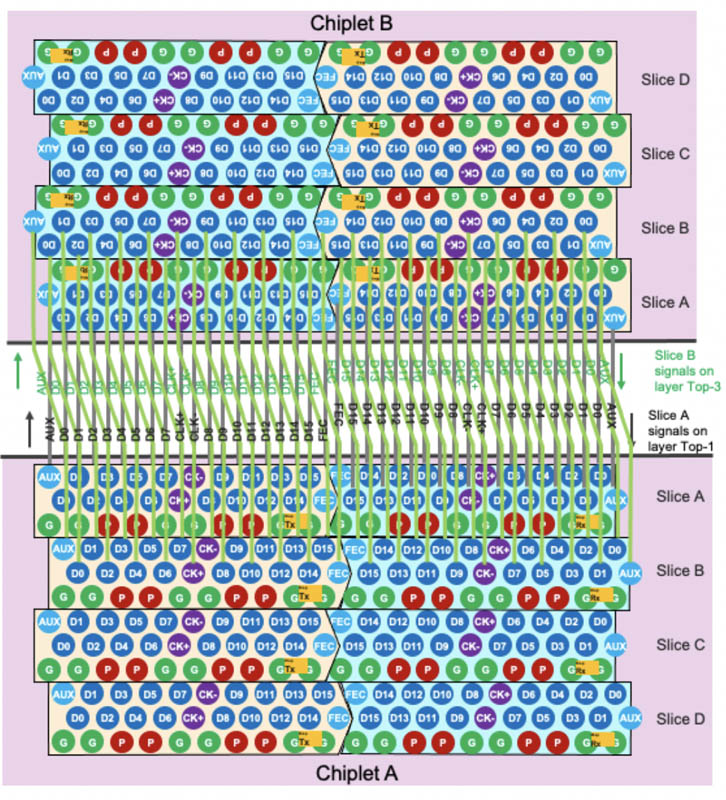
There is clearly a lot that is going into this new specification. While many are not overly excited about the link/ PHY layers, work has to go into these specifications to ensure common design points that are easy to integrate. Simple features like voltages, tolerances, and so forth need to be designed and implemented across multiple companies for a chiplet marketplace vision, and true mix-and-match chips can become a reality.
Final Words
The chiplet processor era is here. Now major players are trying to control how the new chips are created. Something interesting with this one is the consortium. While there are some big players like Google, NXP, and Samsung, missing are companies like Microsoft, Facebook, Alibaba, Baidu, Intel, AMD, NVIDIA, Micron, and TSMC. While this seems to have some momentum, if this were going to be a defacto standard like CXL, we would expect many other companies to be on the release.
Still, it is exciting to see how the OCP BoW will evolve.

